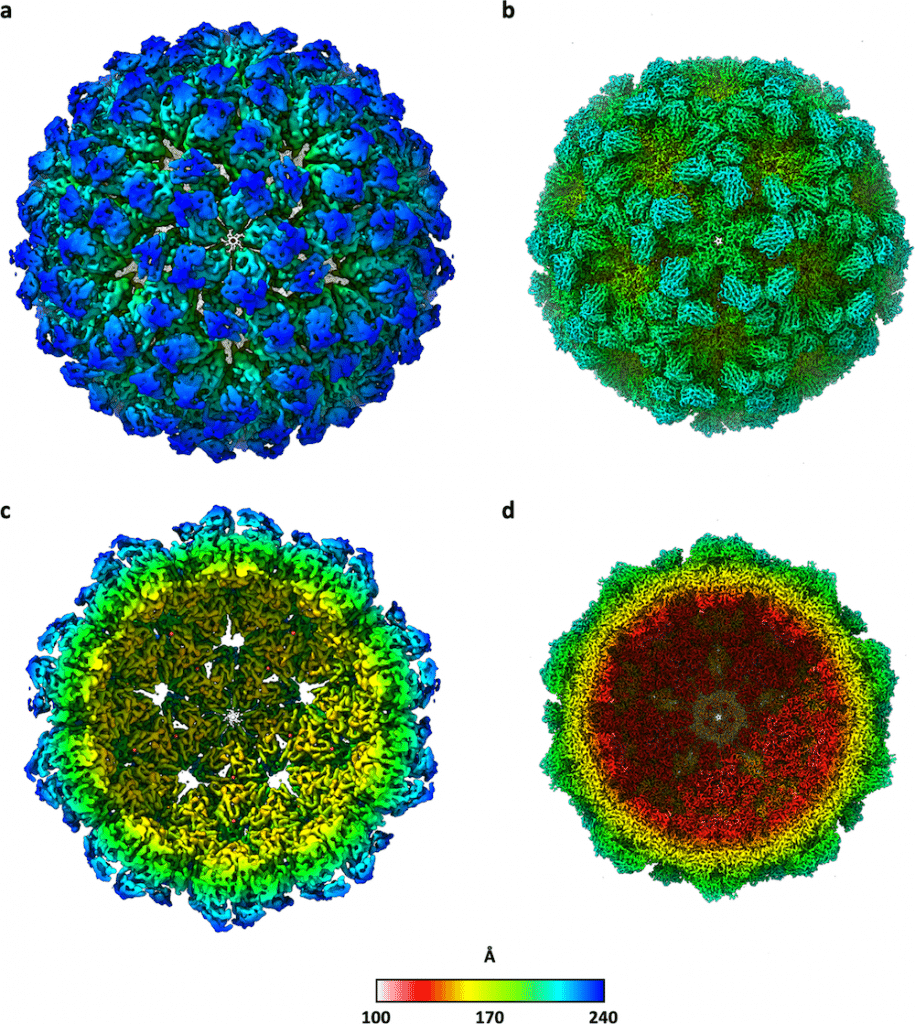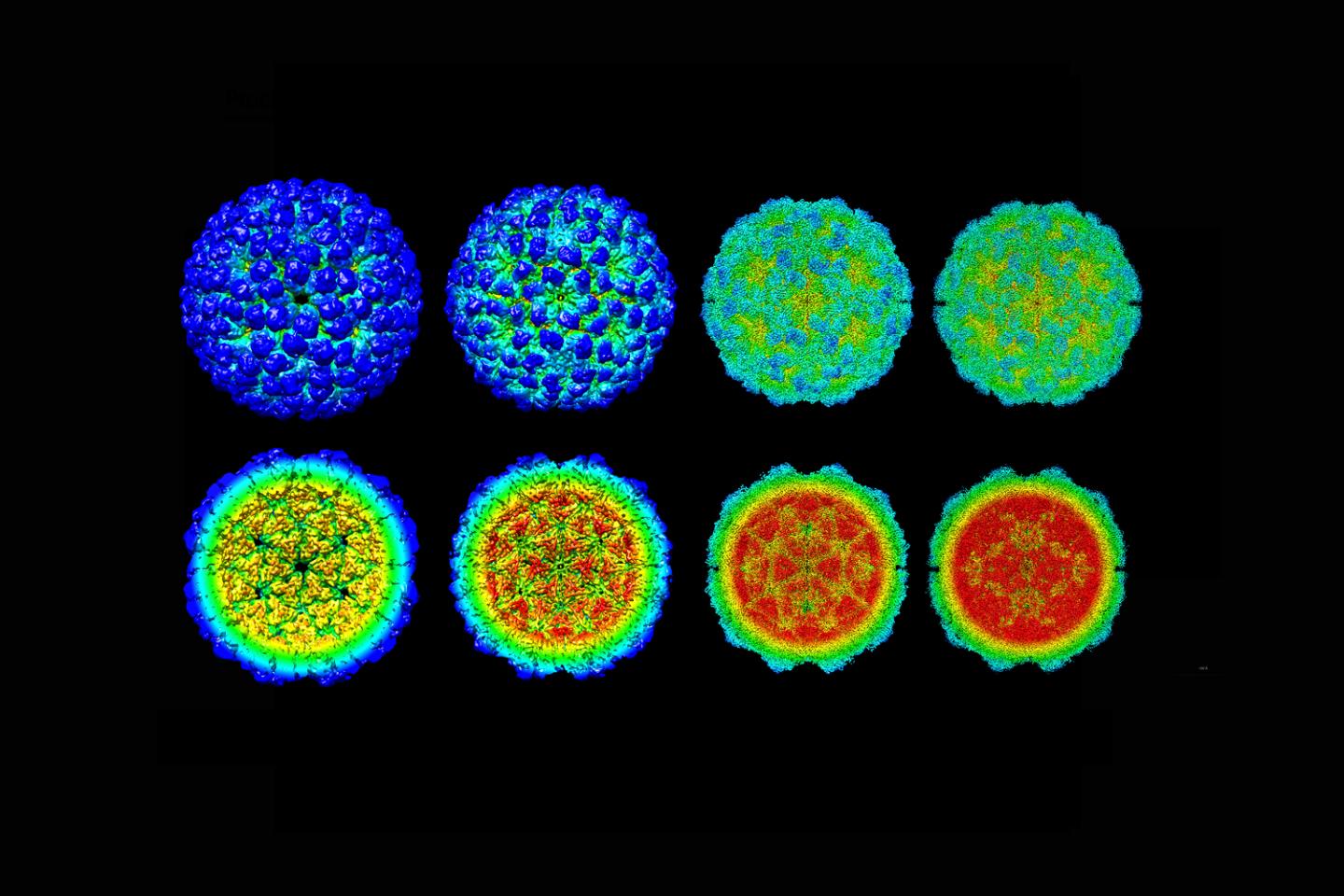In a world first, researchers have succeeded in revealing in detail a key process of viral infection. Thanks to a new generation plant technology, the details could even be observed dynamically. The data on the virus maturation process revealed by this study could help us develop new methods of treating viral infections.
Maturation plays an essential role for all animal and bacterial viruses, and is necessary to produce infectious virions or particles. Although the outline of this process has been determined for many groups of viruses, no detailed mechanistic studies have been reported so far.
In order to provide the first detailed investigation of viral maturation, Roger Castells-Graells, a doctoral student working in the laboratory of Professor George Lomonossoff at the John Innes Center, infiltrated genetic material from the omega virus of the insect. Nudaurelia capensis (N? V) in dwarf tobacco plants N. benthamiana. The results were published in the journal Communications Biology.
Viral structures produced by plant cells
This transient expression technique uses virus-like particles (VLPs) that mimic genuine viruses. The capsid, or protein envelope of the virus, is produced here by plant cells and the research team then analyzes the material purified from the infiltrated leaves.
Here, it was possible to demonstrate that the maturation of procapsids (immature viral structures) can occur in plant cells to give rise to fully functional mature capsids. This phenomenon had not been observed before in the absence of natural infection and constitutes a new application of the transient expression system developed by Professor Lomonossoff at the John Innes Center.

Comparative cryo-EM analysis of procapsid and mature capsid structures revealed the large structural rearrangements within and between the protein subunits of the capsid that accompany maturation. These shape changes allow the chemical reactions necessary for the virus to infect the host.
Reveal the dynamics of a virus infection cycle
« So far, most structural studies of viral particles have given a static picture of the particles. By isolating particles from maturing plants, we were able to get a picture of the dynamics of an essential part of a virus infection cycle. Says Lomonossoff, who led the study.
The present research, the result of a collaboration between scientists from the University of Leeds, Brazil and the United States, as well as the John Innes Center, reveals the details of structures at the beginning and end of the maturation process. It is now a question of analyzing the intermediate stages in order to obtain a complete understanding of the dynamics.
This will allow the research team to determine the three-dimensional structures of the intermediates of the maturation process to create a complete ‘movie’ of the mechanisms involved. ” We have shown that maturation occurs over time in plant cells, and this means that we have discovered a valuable tool for studying virus maturation. We hope that it will interest potential collaborators and the industry. », Concludes Lomonossoff.
Source : Communications Biology
–


